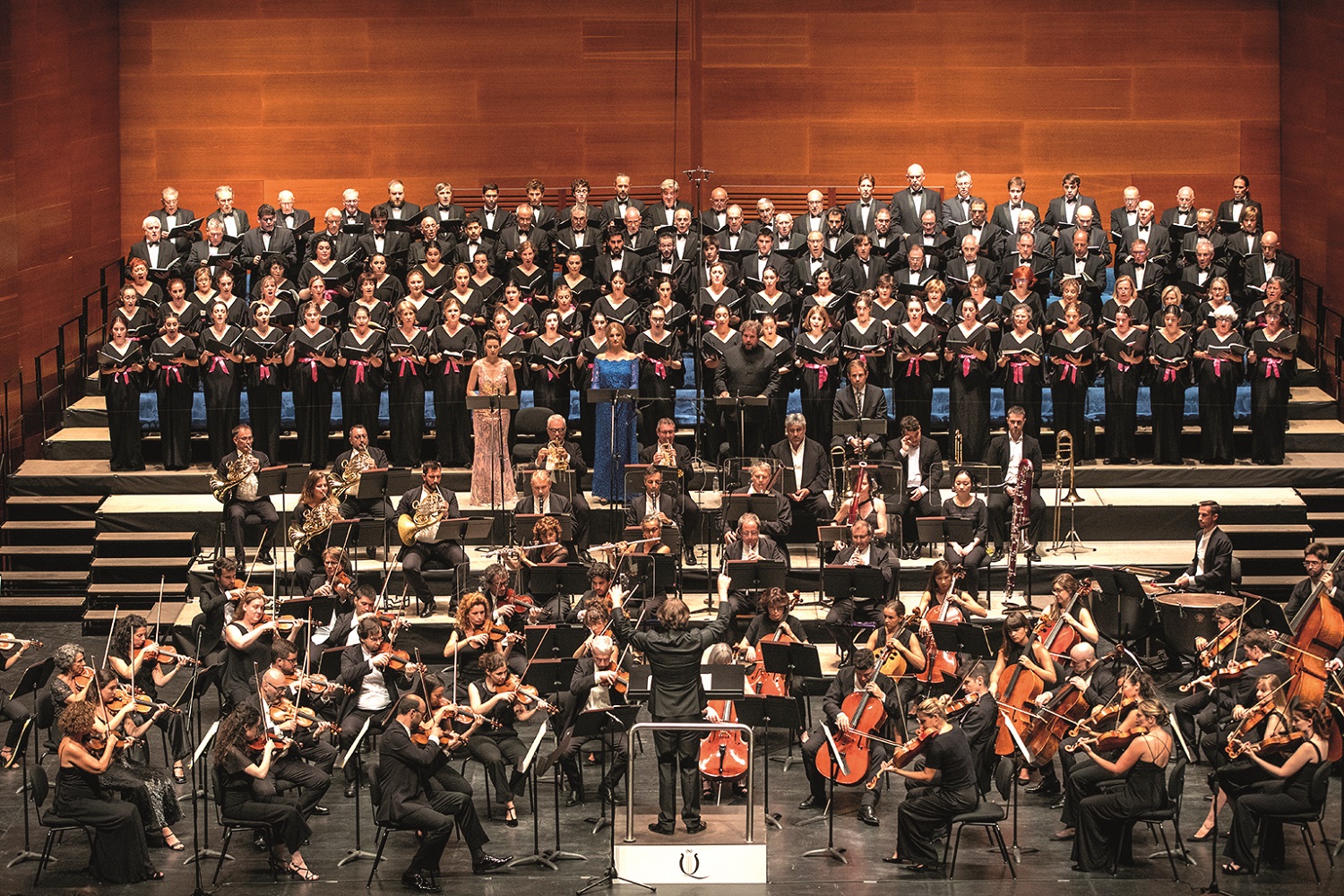

Quincena Musical of San Sebastian Orchestra
of the Basque Country: Address: J. Rohrer.
Orfeón Donostiarra: Address: J.A. Sáinz Alfaro.
Soloists: The great C. Reiss V. Karkacheva M. Schmitt, H. Müller-Brachmann.
Programme: In the Solemnis Mass of Beethoven, op. 123.
Place: Kursaal auditorium.
Date: 23 August.
----------------------------------------------------------------
As in each edition, this year we have also had the performance of the Basque Orchestra in the Quincena Musical. This time with the Orfeón Donostiarra. And a big challenge for interpreting a complex work. In the Solemnis Mass of Beethoven op. 123, right. It is a symphonic monument created by a revolutionary who, in his own way, was a believer.
The five major divisions that make up this Mass have a strong and exciting expressiveness that makes this work a real challenge for any orchestra and any director.
Beethoven and his Missa do not support mediocrity or distance. A Beethoven as Furtwängler, who considered Missa Solemnis "the best work of Beethoven", refused to interpret: "I can't get any results that do justice to the greatness of your message," he added.
With all this, I want to say that achieving Missa’s interpretation at its level of category and depth is an impressive piece of work. And the Euskadi Orchestra faced this immense task, under the direction of the French director Jérémie Rohrer, specialist in Beethoven.
Firstly, I must say that we are faced with four very good soloists, who were able to live up to the task. The soprano Chen Reiss and tenor Maximilian Schmitt were in full shape and demonstrated a good homogeneity of voices. Their bells were perfectly coupled, for example in the fragments Christe eleison and Qui tollis, but they were also well coupled with the choir and the orchestra. Similarly, both the Victoria Karkacheva and the lower Hanno Müller-Brachmann mezzo had impeccable performance.
This shows its interpretative quality, since Beethoven does not offer in this work bravura passages as in most masses, especially in Bach or Mozart masses. The soloists of Missa Solemnis are humbly part of a great whole.
Perhaps in this version there was some time when the sound volume was too large, although Rohrer himself tried to strike a balance by attenuating the volumes, especially the choir.
However, despite these details, Rohrer was able to drive this great work with its five parts in continuous progression, but without falling into dramatic excesses, which is difficult.
The Orpheon, except for the excesses of volume that did not favor this Mass, behaved correctly.